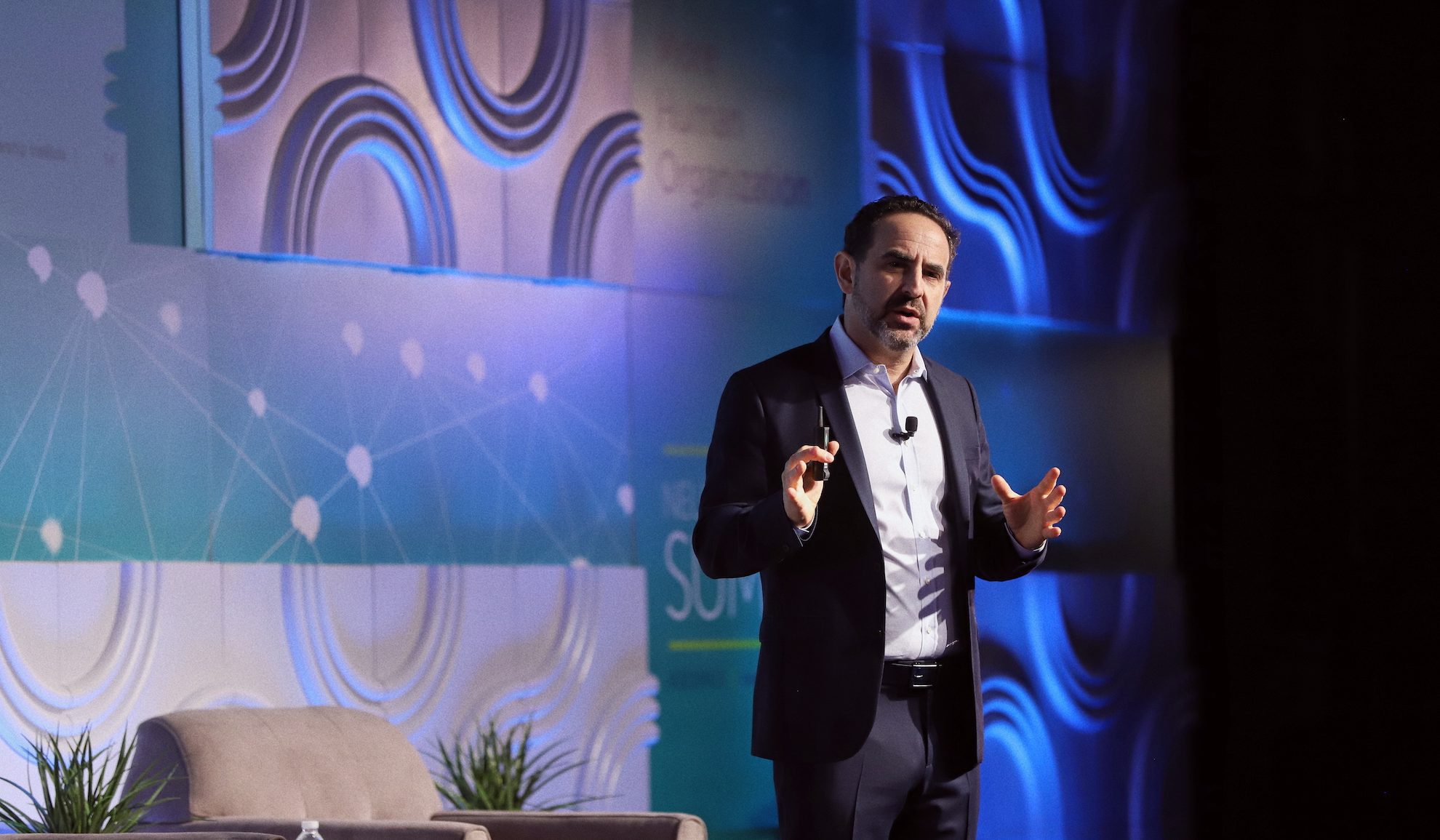By Emma Sarro, PhD and Laura Cassiday, PhD Maria, a mid-level manager at a tech firm, sits at her desk staring blankly at yet another meeting invite. Lately, her days...
Read More →

FEATURED INSIGHT
By Emma Sarro, PhD and Laura Cassiday, PhD Maria, a mid-level manager at a tech firm, sits at her desk staring blankly at yet another meeting invite. Lately, her days...
Read More →
What better way to ring in 2021 than with a new perspective on your own potential? Growth mindset can help unlock skills you once thought were unattainable.

“Don’t dismiss a good idea simply because you don’t like the source.” The brain science behind the twelve words that changed my life.

We’re busier than ever, but less able to get our own work done. Here’s how science says we can make the most of our days.

This is a once-in-a-lifetime opportunity to make organizations more human and build a better normal. Here’s how.

Giving and receiving better feedback requires us to kick some old habits and adopt a new mindset. Here’s how science can help.

Join millions of employees in creating culture change at scale by reaching out today.

In 2007, David and Lisa Rock and their team had been working in leadership development and executive coaching for ten years, when David coined the term “NeuroLeadership.”ef

North America
Africa
South America
Asia
Europe
Australia
© NeuroLeadership Institute 2025. All Rights Reserved
This site uses cookies to provide you with a personalized browsing experience. By using this site you agree to our use of cookies as explained in our Privacy Policy. Please read our Privacy Policy for more information.